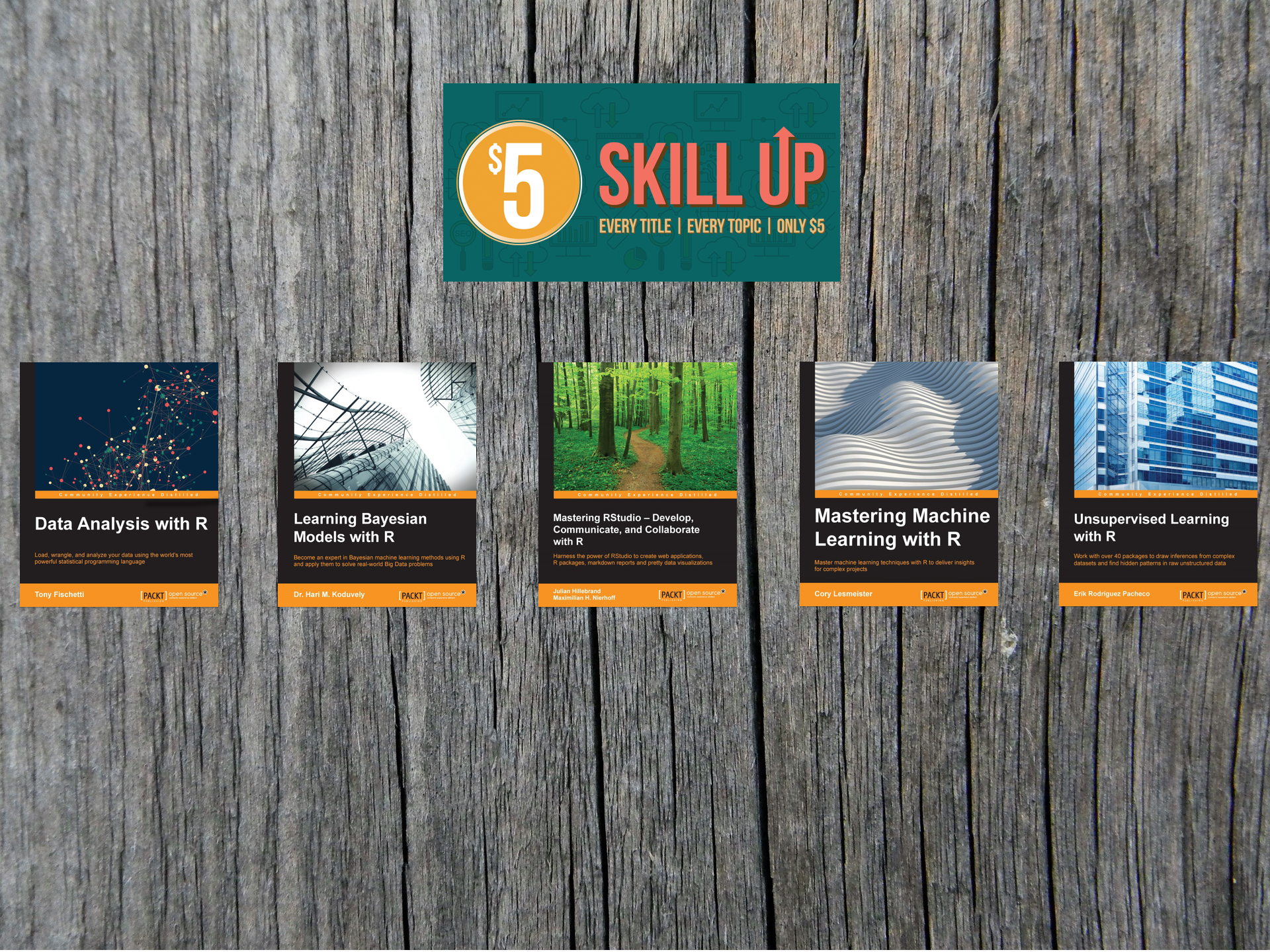“Enterprise software used to be about making existing work more efficient. Now, the opportunity for software is to transform the work itself.”
(Aaron Levie, CEO Box)
In a recent post on techcrunch, Ajay Agarwal wrote about how machine learning will change the field of enterprise software. He said, that “Enterprise software is about to undergo radical transformation – a large change that will make the shift to software as a service (SaaS) look like a simple facelift.” And that is actually true. Machine Learning is here to stay. It is the logical step in digital transformation that helps to make sense from the last big step: socially connected data. Companies have collected unstructured social data via social media monitoring or listening tools, but now they have to create actionable insights from it.
In a study from 2014, consulting company Altimeter found out, that 80% of the respondents say that their most important digital transformation initiative is “Improving processes that expedite changes to digital properties, ie. website updates, new mobile or social platforms, etc”.
Companies now have access to data they probably could never think about. But the link to integrate this data in business decisions was missing. And companies realised it when the data they had to analyse was getting harder and harder to be understood by humans. Most interestingly is the shift in mindset to see valuable information in what was before considered opaque. The ability to process enormous amounts of data and then find patterns that show meaningful correlations is one of the ways that machine intelligence is starting to amplify human knowledge about the world. The democratisation of machine intelligence is driving another wave of digital transformation that is further redrawing the lines between automation and humanity, and redefining what we think can and cannot be accomplished through computation. Ultimately, the trajectory is heading towards and enterprise that is programmable and self-correcting, with learning and decision-making integrated across the chain operators.
Enterprises powered by Machine Learning
Lillian Pierson, founder and Chief Data Scientist of Data-Mania, a company focusing on data science training and data-driven commerce growth services, wrote about the different views and perspectives you can look at machine learning.
“In a majority of cases, machine learning is simply a more effective method for doing the same thing that data analysts have been doing all along.” A company that understood this quite early is IBM. Last year, IBM invested $1 billion into the Watson platform for Analytics and Big Data. This shows the pressure companies have in an impressive number. Analytics thought leader Thomas H. Davenport wrote in The Wall Street Journal that with rapidly changing, growing volumes of data, “… you need fast-moving streams to keep up.” And you can do that with machine learning. He says, “Humans can typically create on or two good models a week; machine learning can create thousand of models a week”. So it does not surprise that Google Chairman Eric Schmidt said “the core thing Google is working on is machine learning”.
“Machine learning creates knowledge. It creates links between concepts. “ (Mike Haley, Autodesk)
Machine Learning will have influence on all parts of a companies value chain and will help to use potential never seen before. To start with, companies can focus on implementing these new ways of thinking into their marketing decisions. A current study by the Association of National Advertisers conducted a survey about disruptions in the marketing landscape. The results uncovered five blind spots that are blocking the path to marketing´s full potential.
- Fractured customer experience. Marketers actively collect insights that provide competitive advantage (86 percent) and help shape business strategy (82 percent). Their role in managing the customer experience is limited in these critical areas: CRM and loyalty (66 percent), influencing customer support (66 percent), and managing the entire customer decision journey (67 percent). This reflects siloed oversight and accountability for the entire customer experience.
- Content primacy without strategy & operations. Although the need for content is one of the biggest disruptive forces, an astonishing 84 percent of marketers do not have a formal content strategy and distribution process. Developing an effective content strategy and supply chain is key to a broader customer experience strategy.
- Leadership/front lines disconnect. Forty-three percent of marketing leaders said they are not empowered and encouraged to experiment and innovate, despite the importance of “test and learn” as a response to disruptive forces. Further, while 70 percent of CMOs said they employ agile marketing processes, just 45 percent of marketing VPs/directors and 50 percent of managers agree.
- Hiring talent — but not managing it. While 91 percent of survey respondents expressed significant interest in hiring talent, training and skill development were rated lowest among the choices for how companies are responding to disruption. And only 35 percent are investing in new models for employee/worker management. Without attention to managing talent, companies could find that new talent is wasted or simply leaves for better opportunities.
- Decisions without data. Most marketers acknowledge that data and analytics are the key to addressing a more complex landscape; 96 percent said the ability to make data-informed decisions is their most-needed capability to respond effectively to disruptions. However, more than one-third of companies are not using data to make decisions, and almost half say they still don’t have the right analytics in place.
Especially the last point shows that a lot of companies do not use the data for decision making. But when they install machine learning, learning becomes part of the structure of the company — and the IT department becomes its primary caretaker. How they evaluate procurements, educate employees, and manage information flows and the machine intelligences that operate on them will play a large role in the adoption and evolution of these emerging toolsets. This notion that data and machine intelligence can assist businesses in their operations while simultaneously helping them learn from the results of that assistance may be the genie in the bottle of artificial intelligence. It engineers learning directly into the soft and hard infrastructure of the enterprise. Machine intelligence can create a powerful feedback loop with the potential to radically scale businesses into massive data processors and learning engines.













